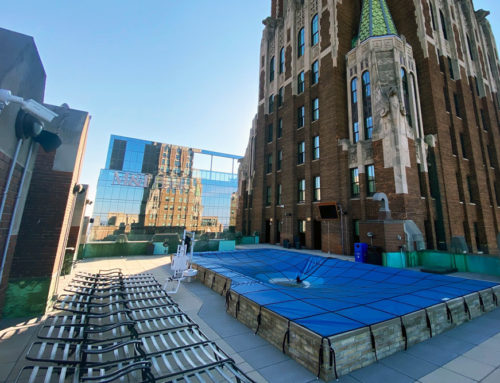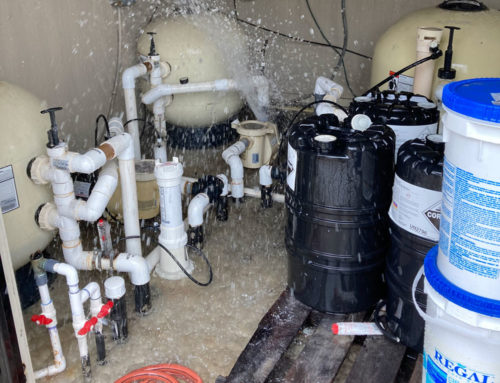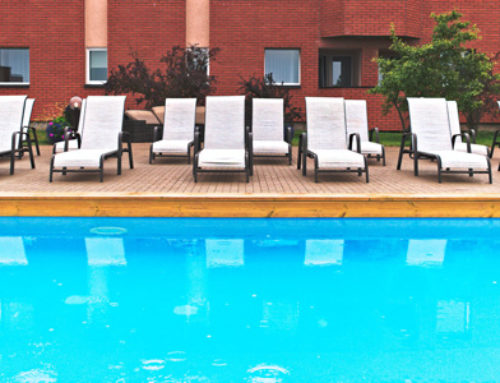Pools are a great place to have fun in the hot summer weather, but effective pool compliance means that every patron has an equal opportunity to enjoy themselves, regardless of race, religion or physical disability. In fact, the American Disabilities Act was updated in 2010 to include recreational pools as facilities that are required to provide handicapped-accessible entrances and exits.
As of 2012, pools across the country should be ADA compliant. Any new pools or old facilities not currently compliant with ADA policies should do so immediately. Check out these ways every pool can become ADA compliant in time.
New or old pool?
The first thing pool management needs to do is determine how they’ll approach the project. Facilities under construction leave more leeway, but require detailed blueprints that fit in with the rest of the building. On the other hand, extant pools already provide the infrastructure, but may not have the space to allow for the large equipment necessary to move people in and out of the water.
The question boils down to one of expenses – do you want your lift or ramp to fit in with the pool’s overall aesthetic, or does it only have to get swimmers in and out of the pool?
Adding on to old facilities
Most pool managers will find themselves having to upgrade or retrofit pools they’ve run for decades. In these cases, standalone lifts may be the best solution.
Lifts are simple configurations that gently lower and raise patrons into and out of the water. The equipment resembles a chair and some lifts come with seatbelts and leg rests for added safety, but most lifts are mounted on the side of the pool. This keeps the equipment out of the way of other swimmers while still allowing disabled patrons to access it.
Facilities that often host weddings or other upscale events may want to invest in a portable lift. Instead of being anchored to the side of a pool, these can be moved around and stored out of sight. Lifts are efficient and economical devices, but they’re not the most attractive pieces of equipment, especially if one shows up in the background of a patron’s wedding photographs.
Building into new pools
The largest drawback of lifts is that they can only move one swimmer at a time. This may not be feasible for facilities that draw large crowds, and other pool managers may want to avoid them solely based on their looks.
Fortunately, there are other ways to build ADA-compliant features directly into a pool. Instead of a dedicated piece of equipment, a gradual ramp that leads into the water can help disabled patrons enjoy your pool just as well.
Suited for large pools, ramps are best constructed alongside the main well. These pathways run the long edge of the pool and gently slope down so elderly or disabled patrons can take their time entering the water. This method may be preferable to lifts because some people may not like the extra attention that it brings to them. Instead, a ramp lets disabled people enter the water in much the same way that everybody else does.
Whatever method you choose to make your pool ADA-compliant, your patrons will be sure to thank you for it.






